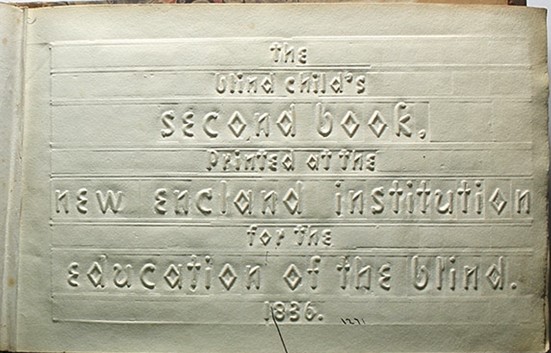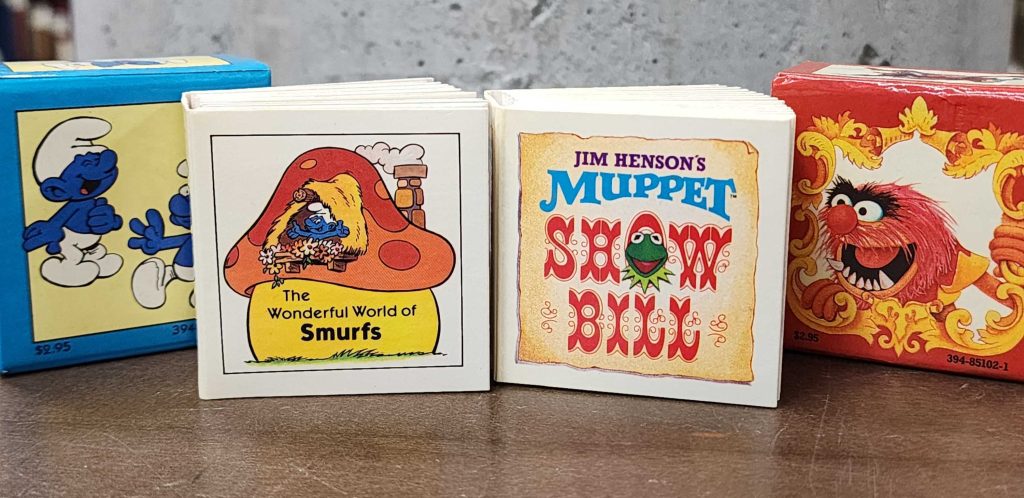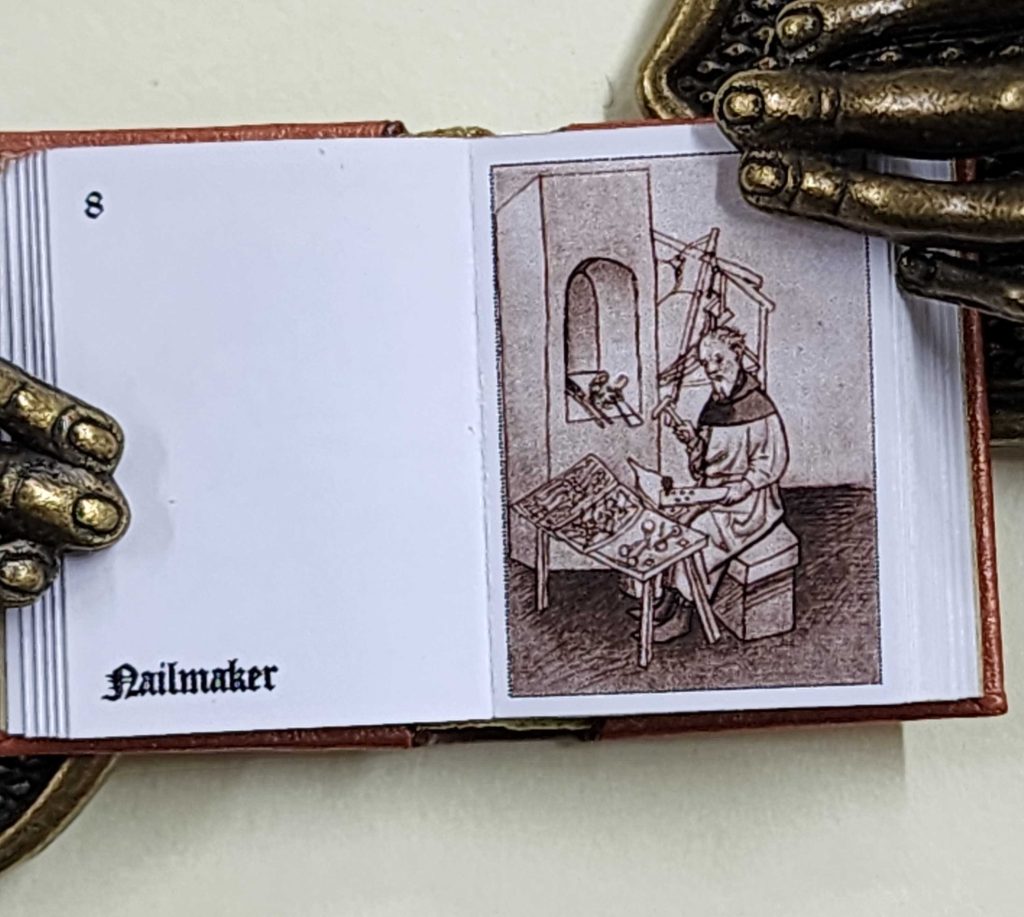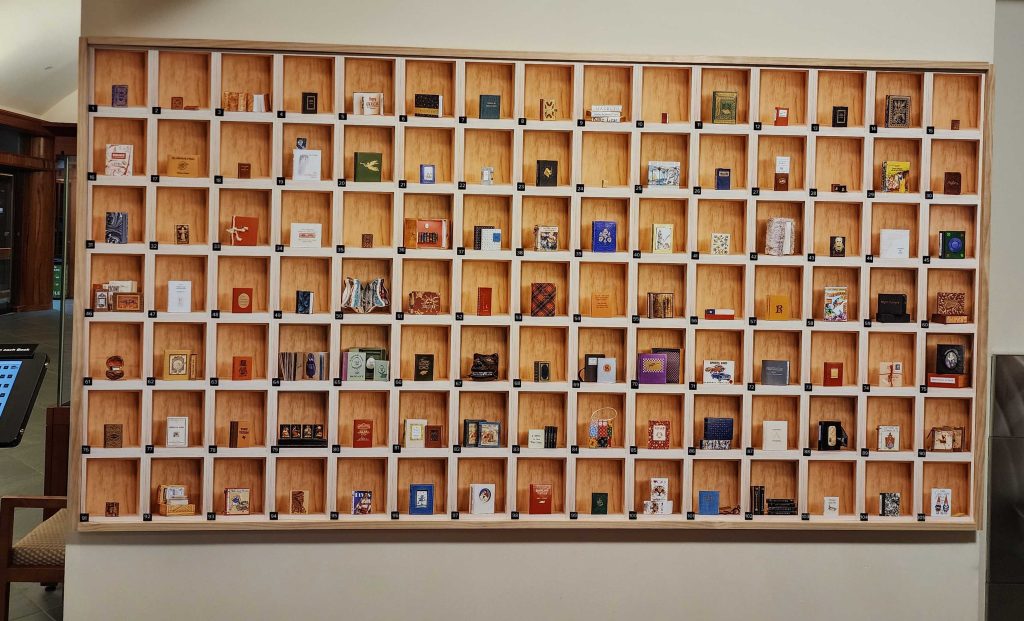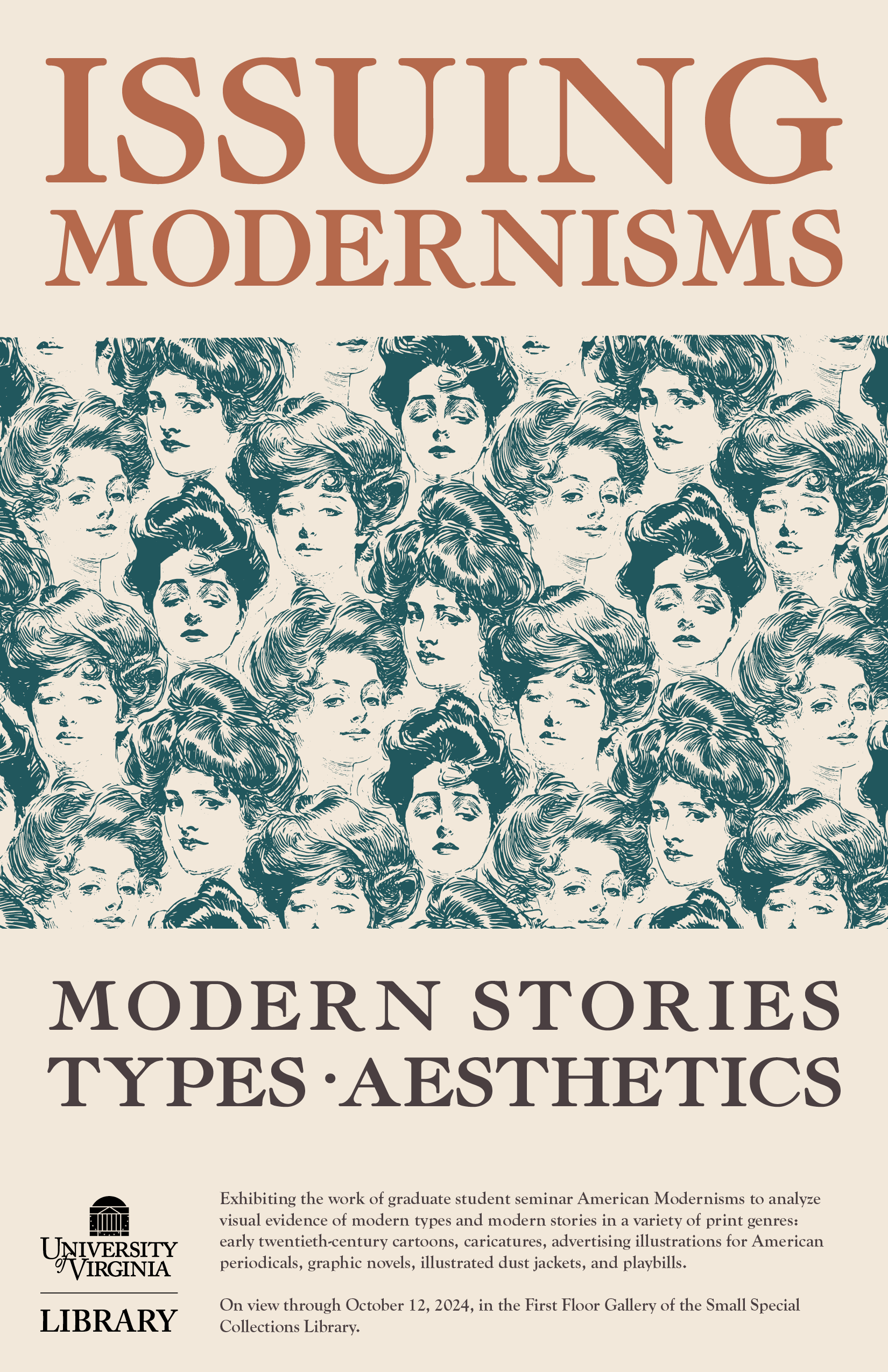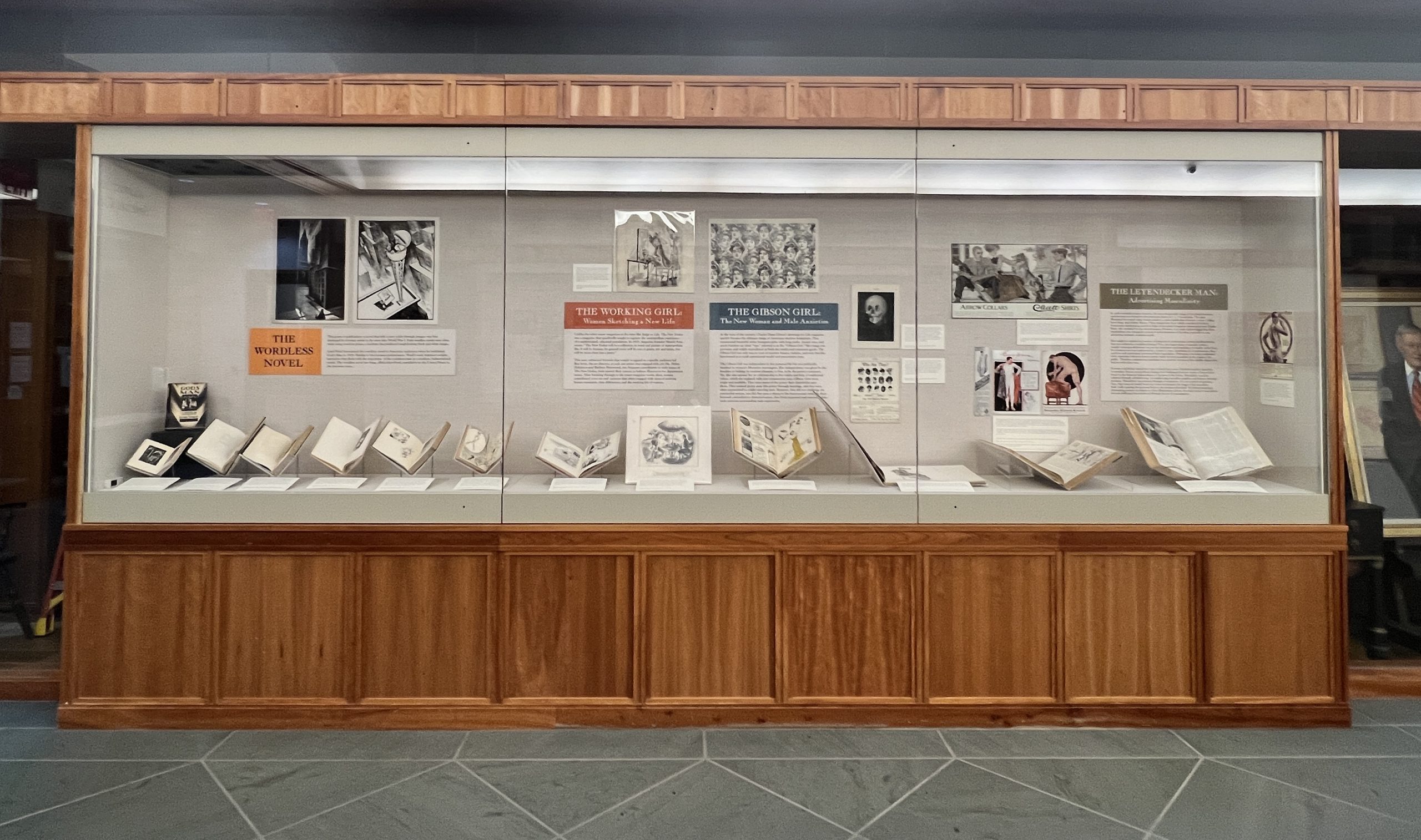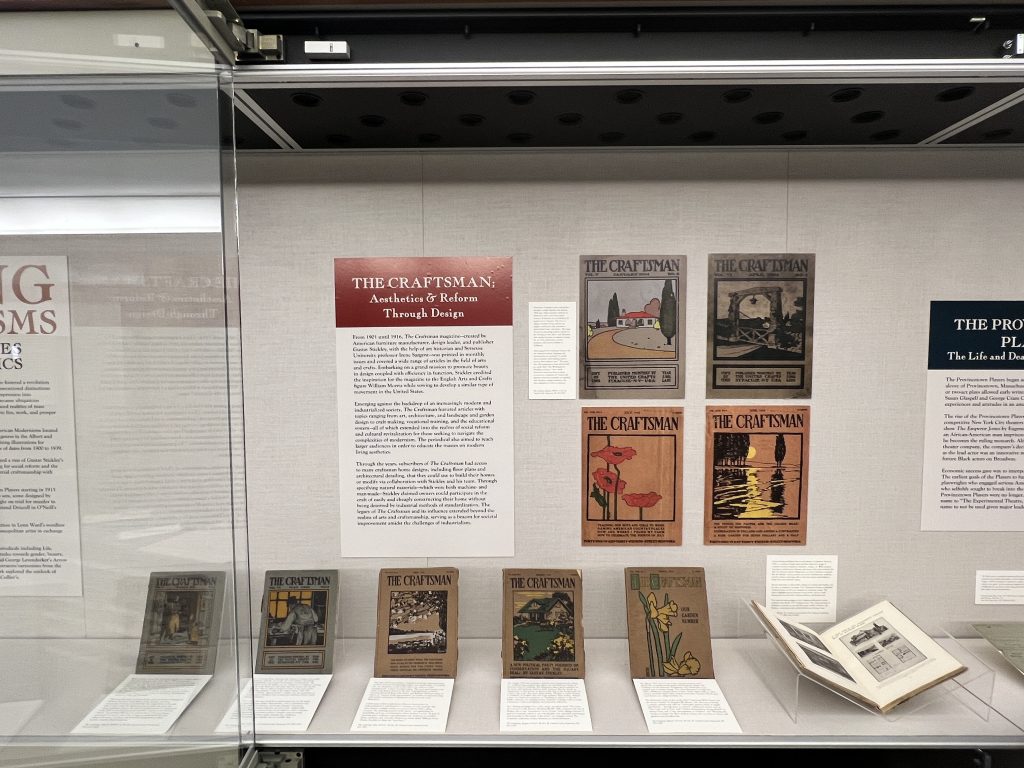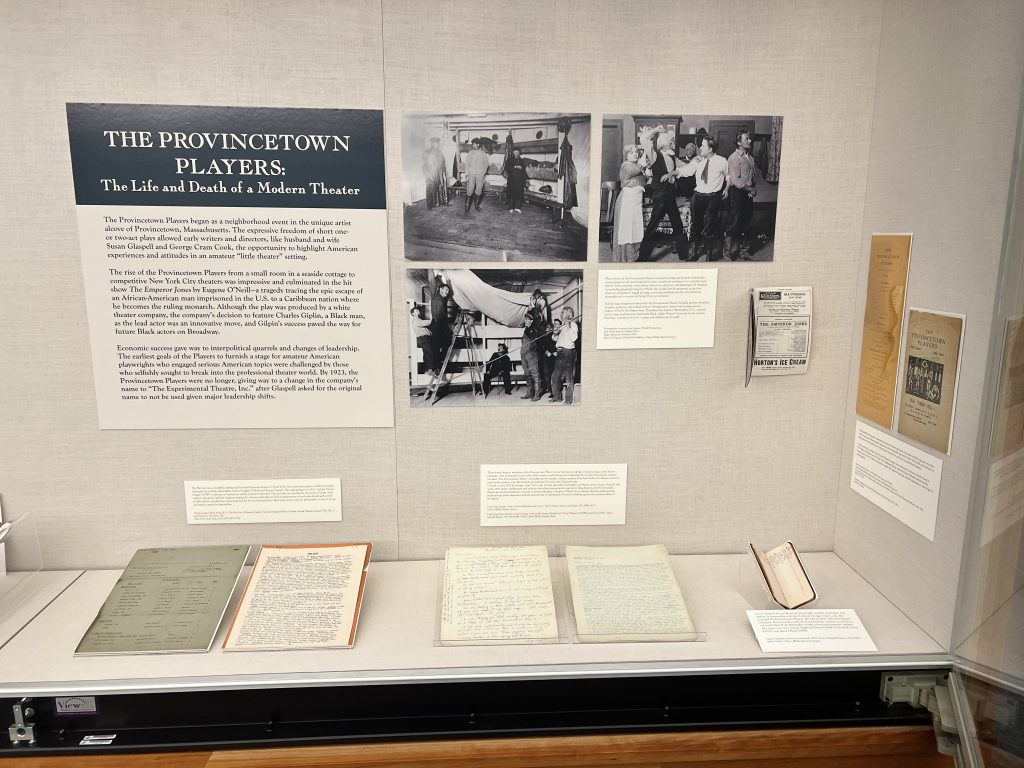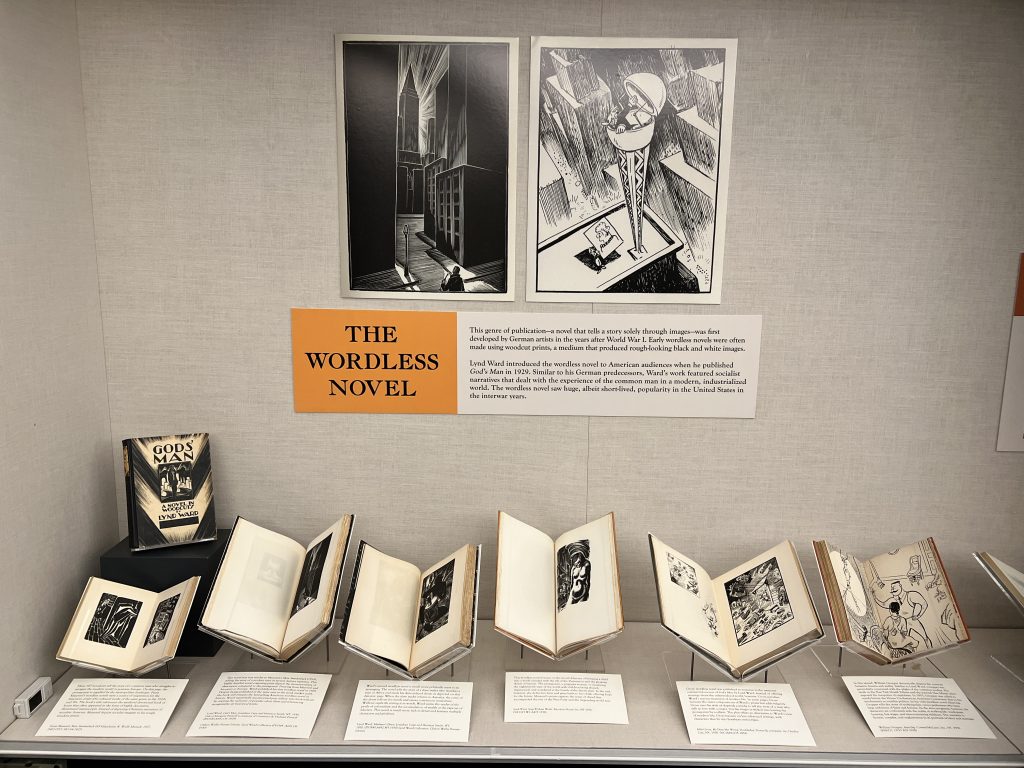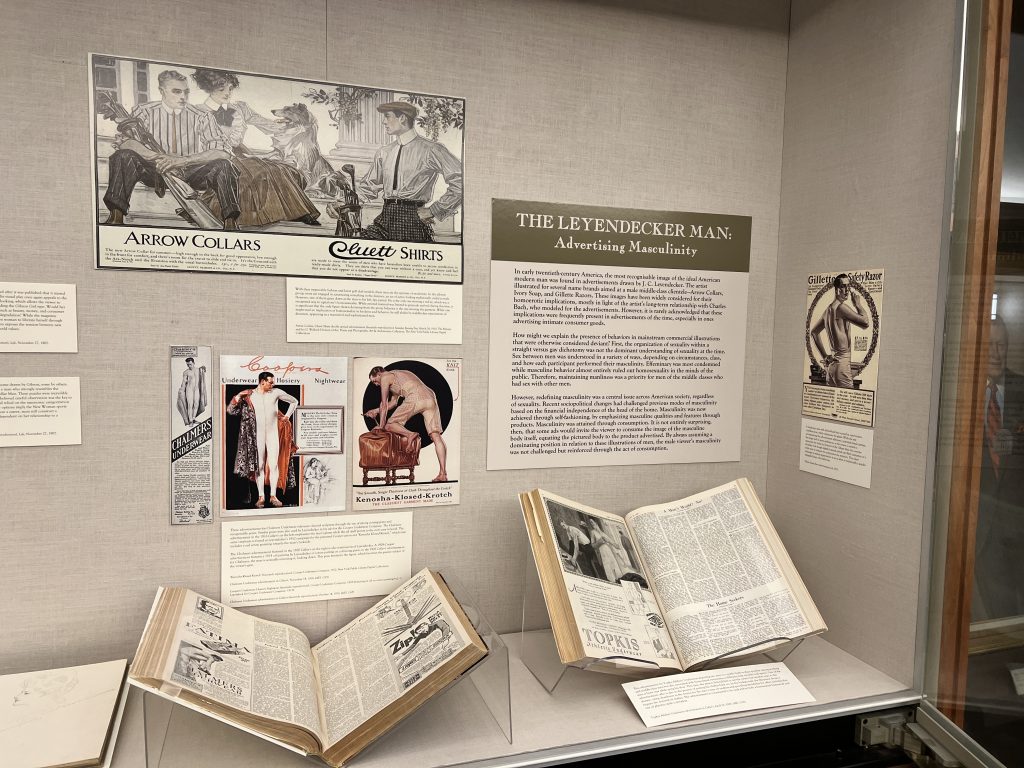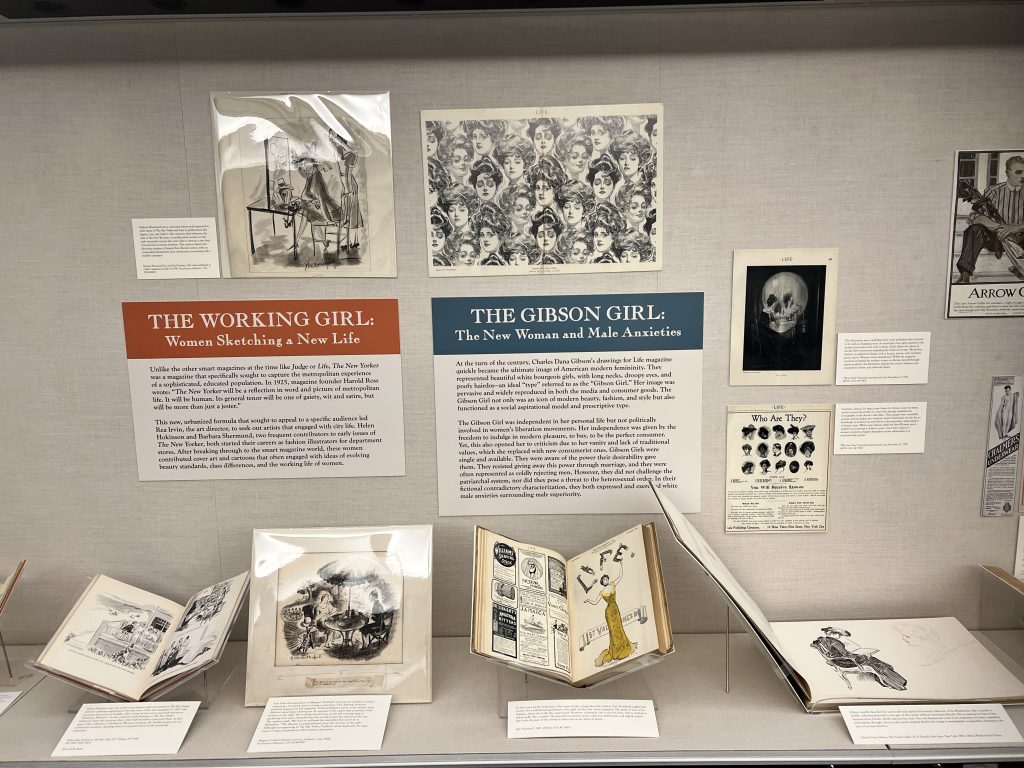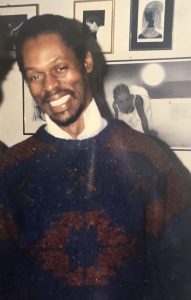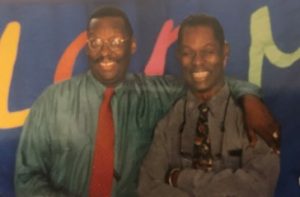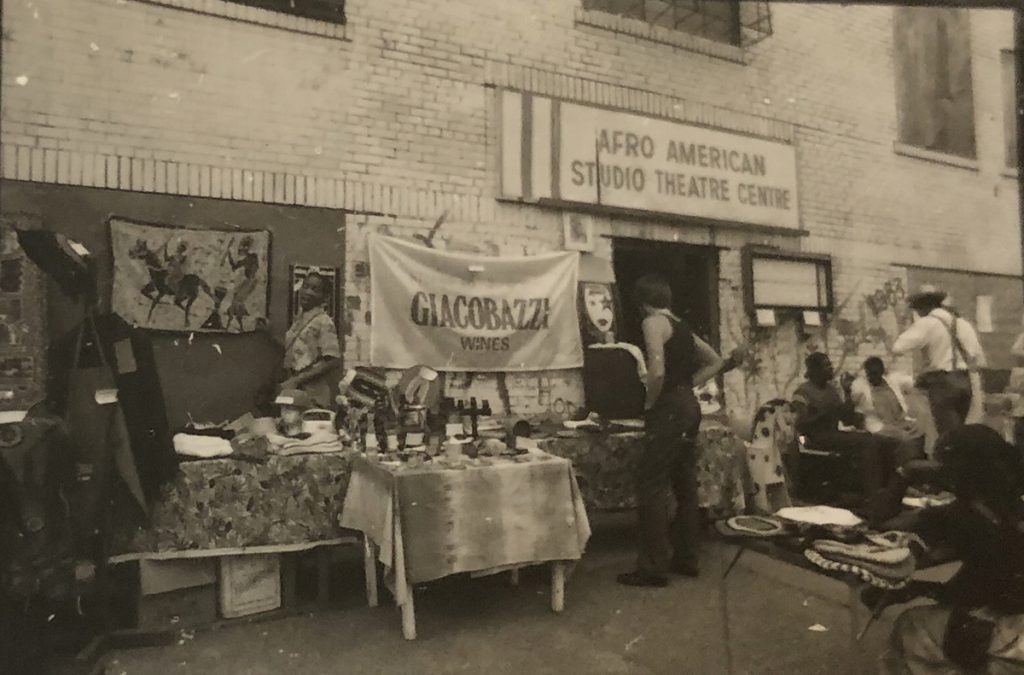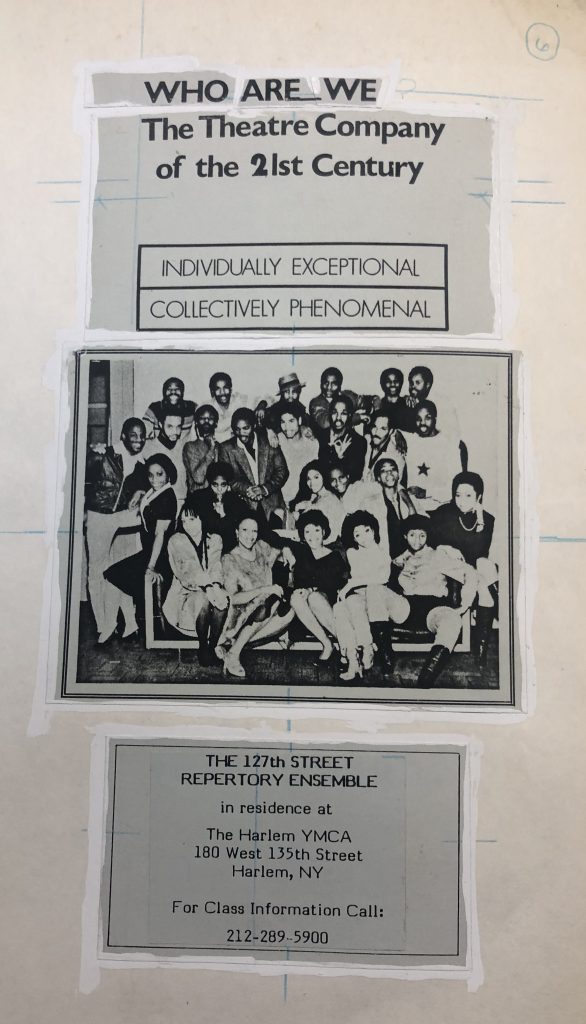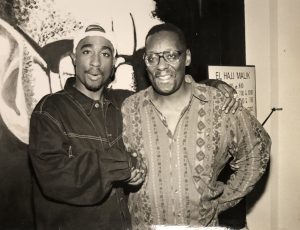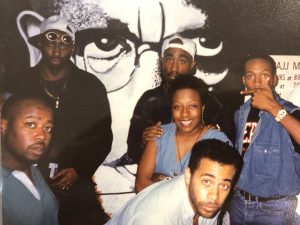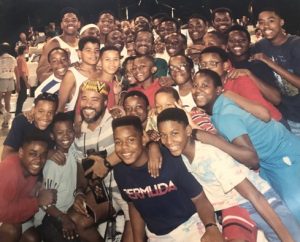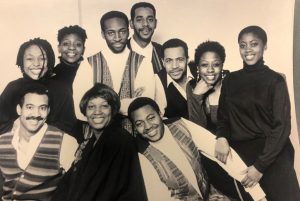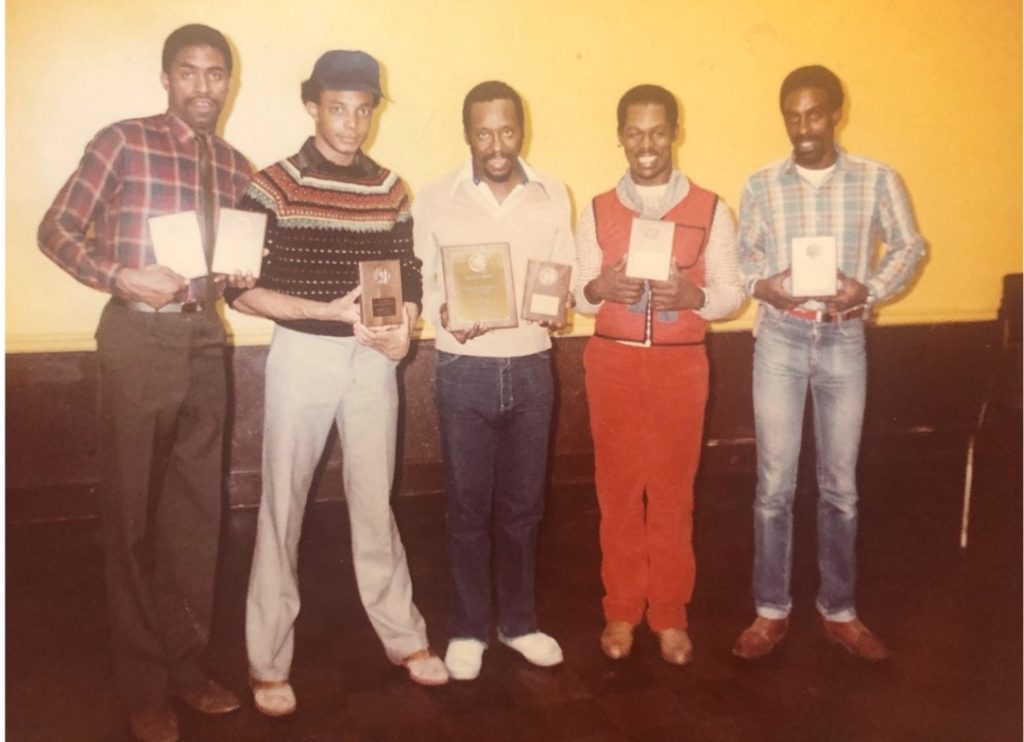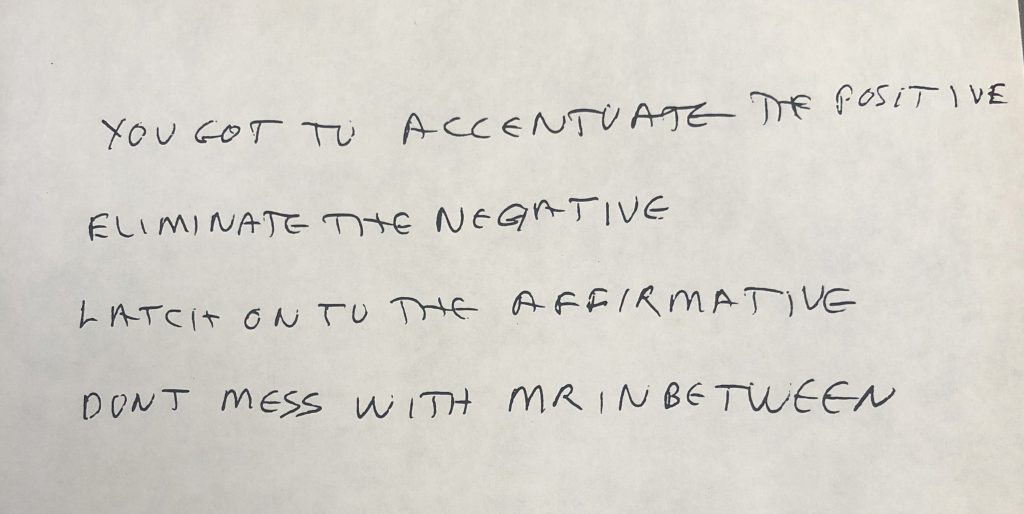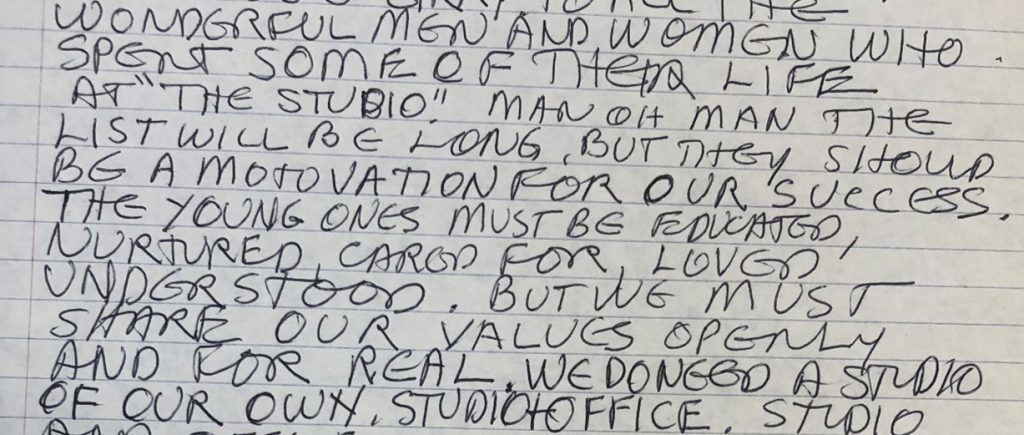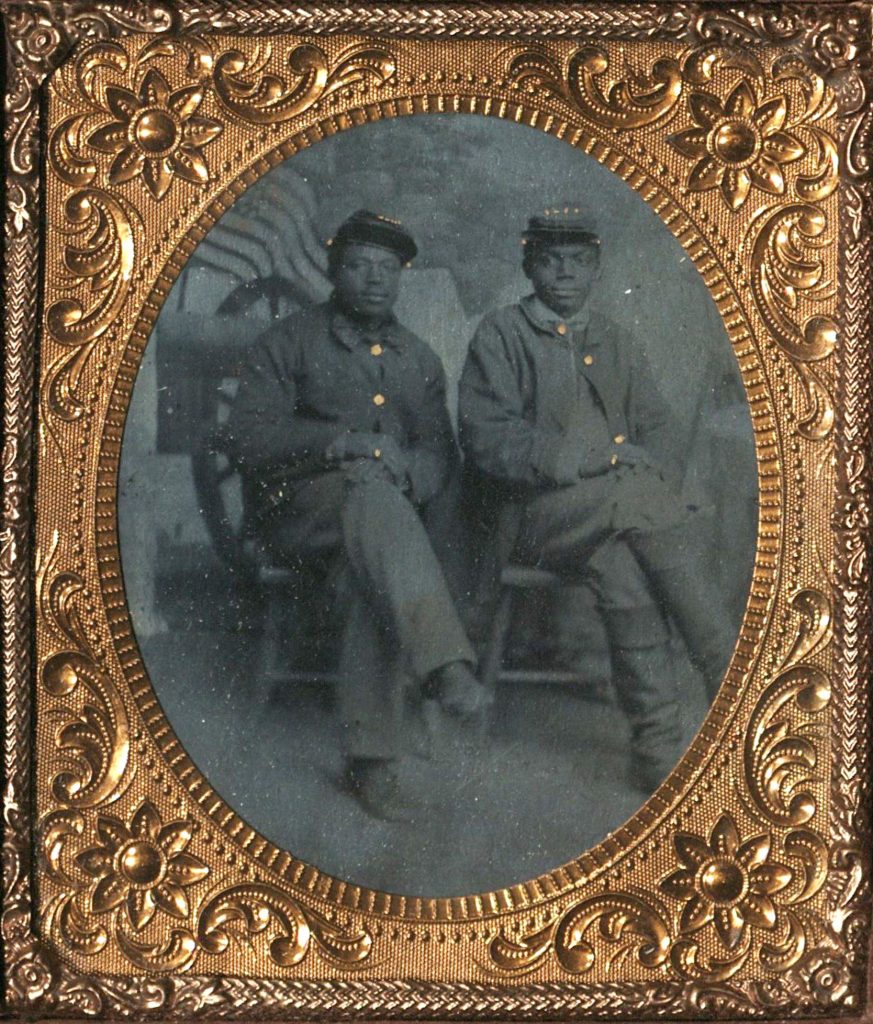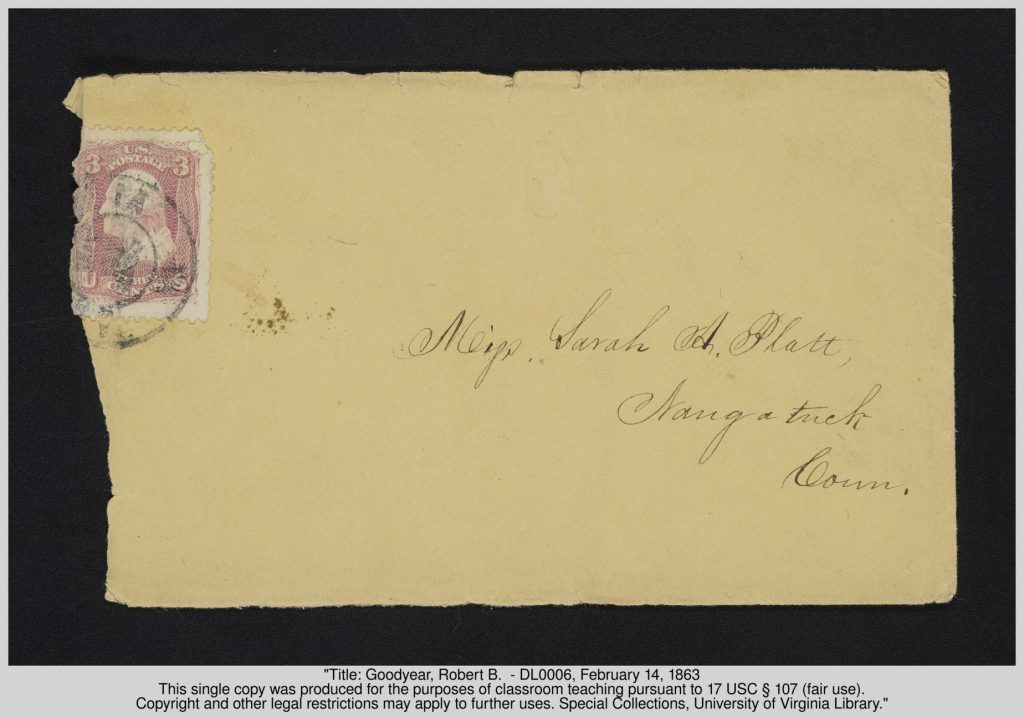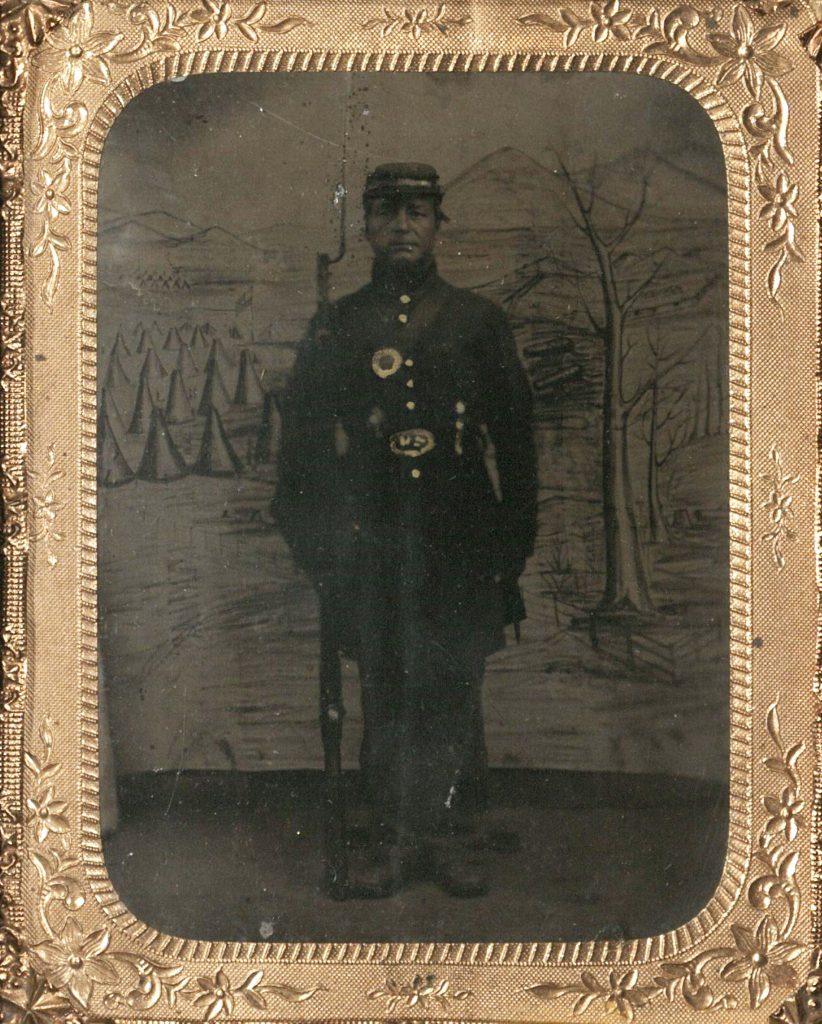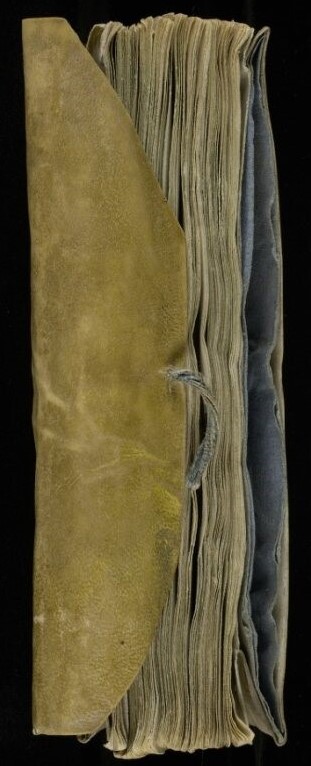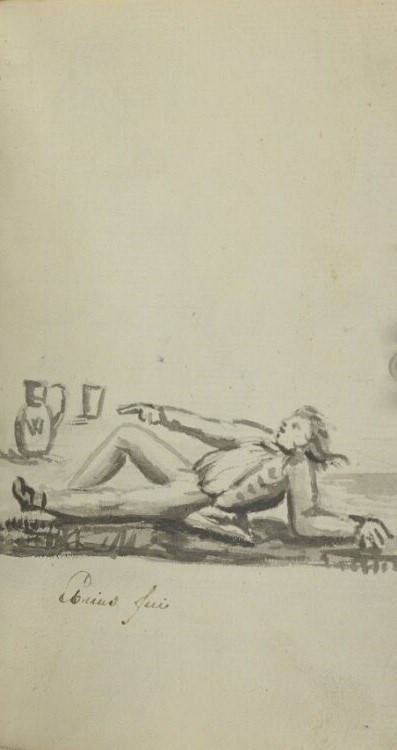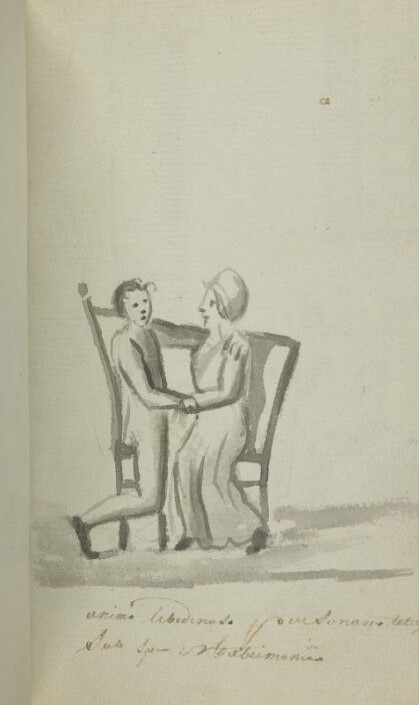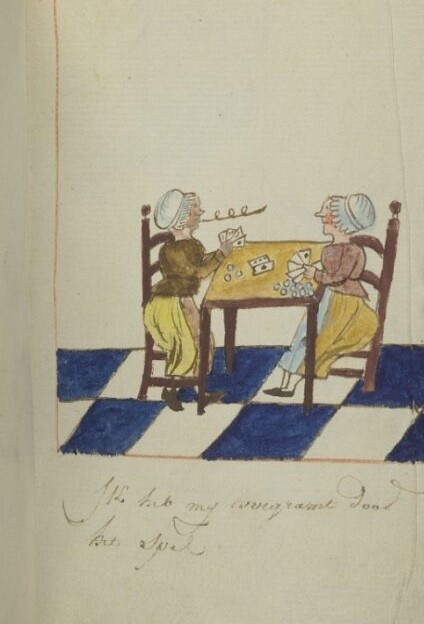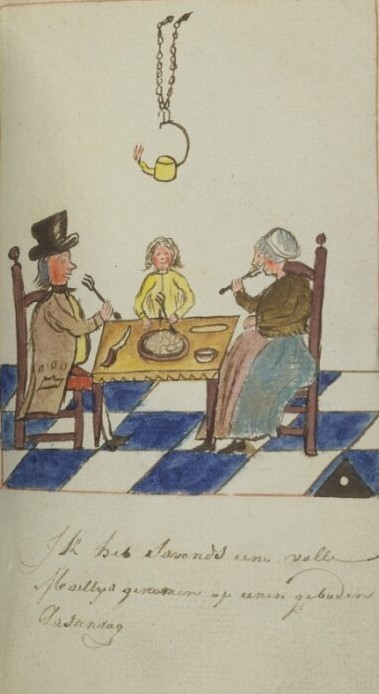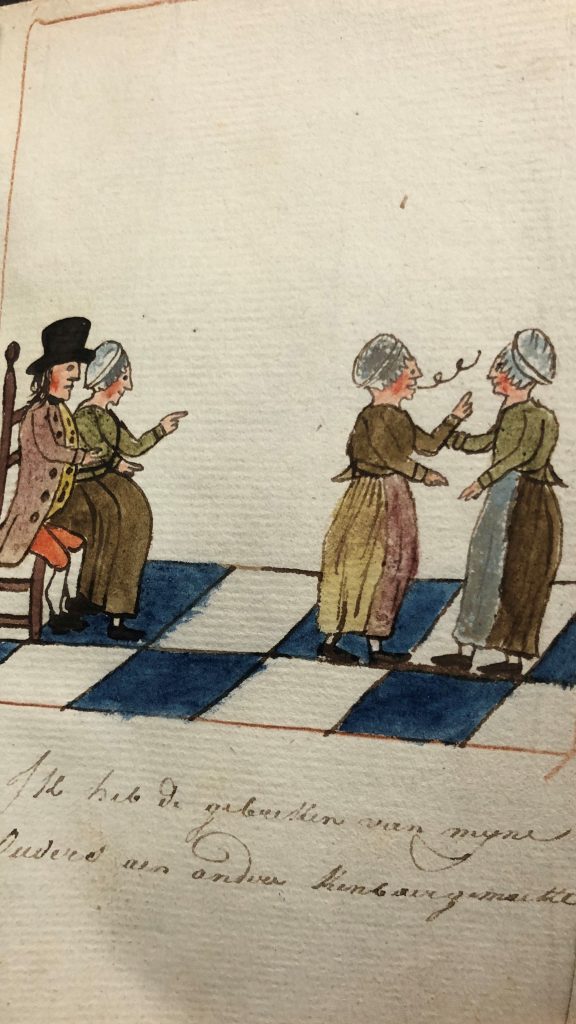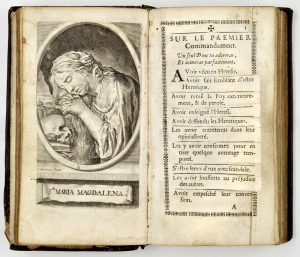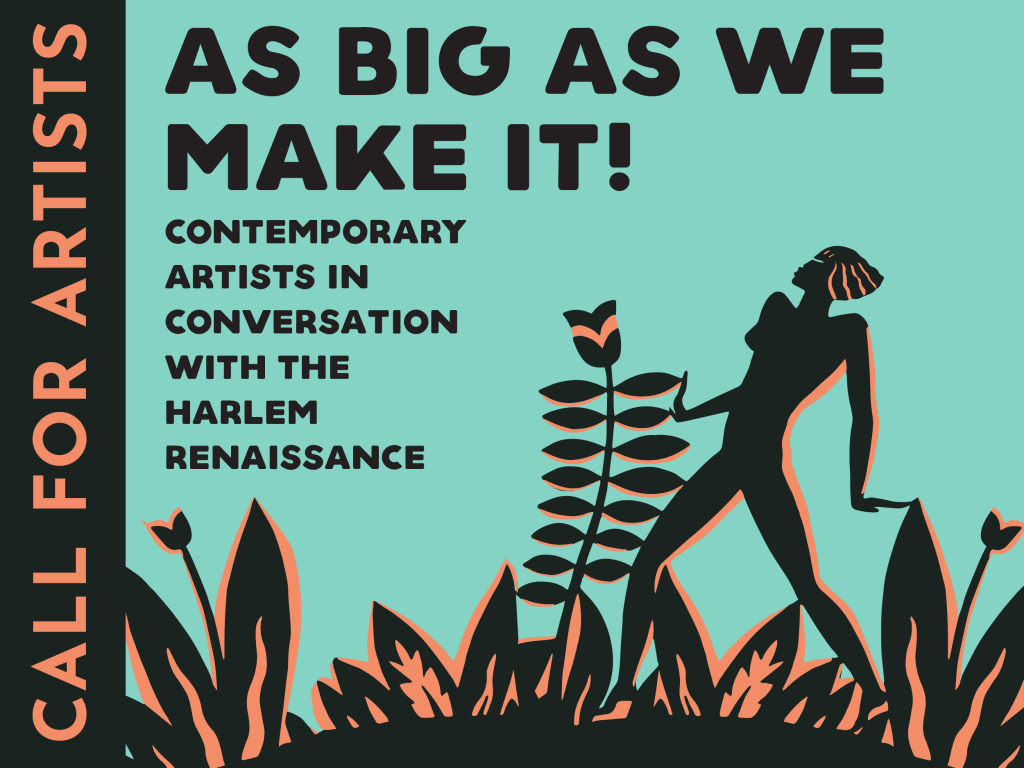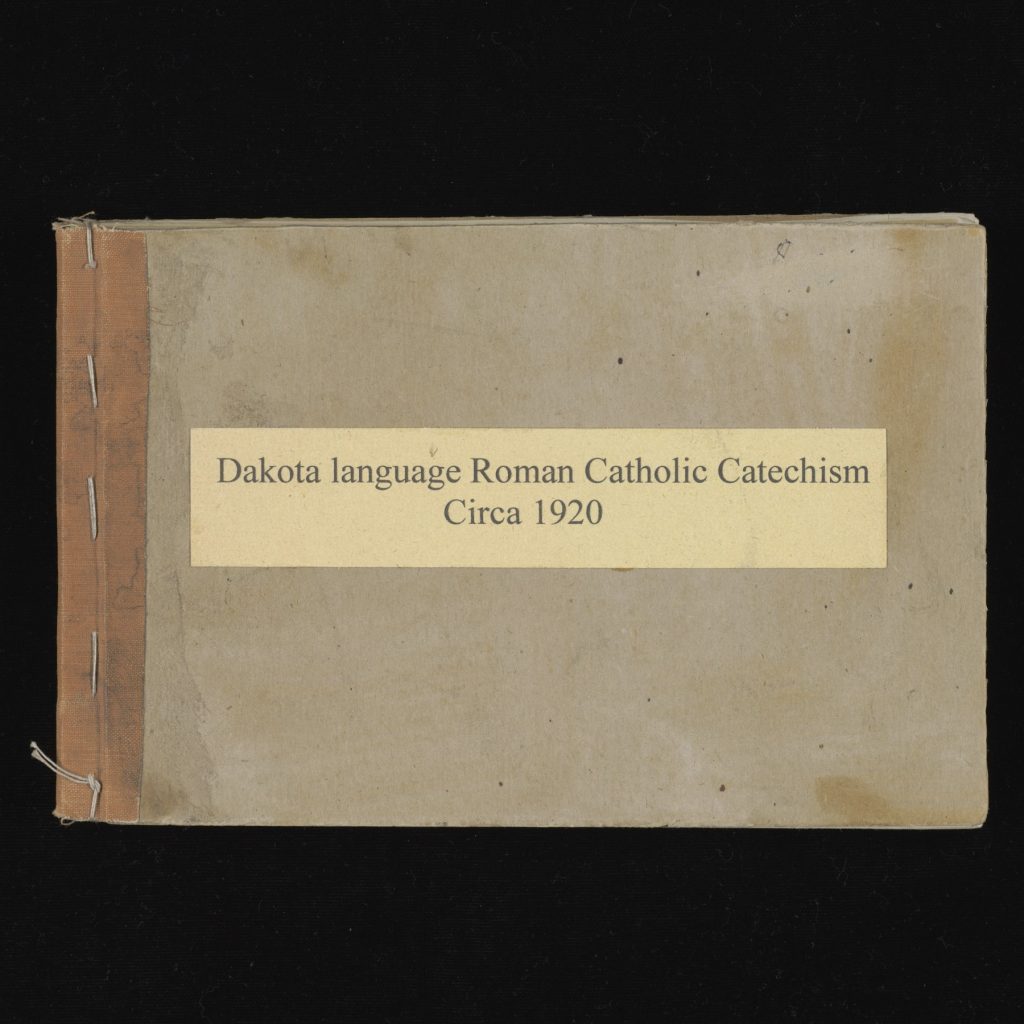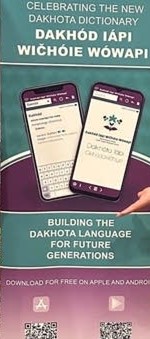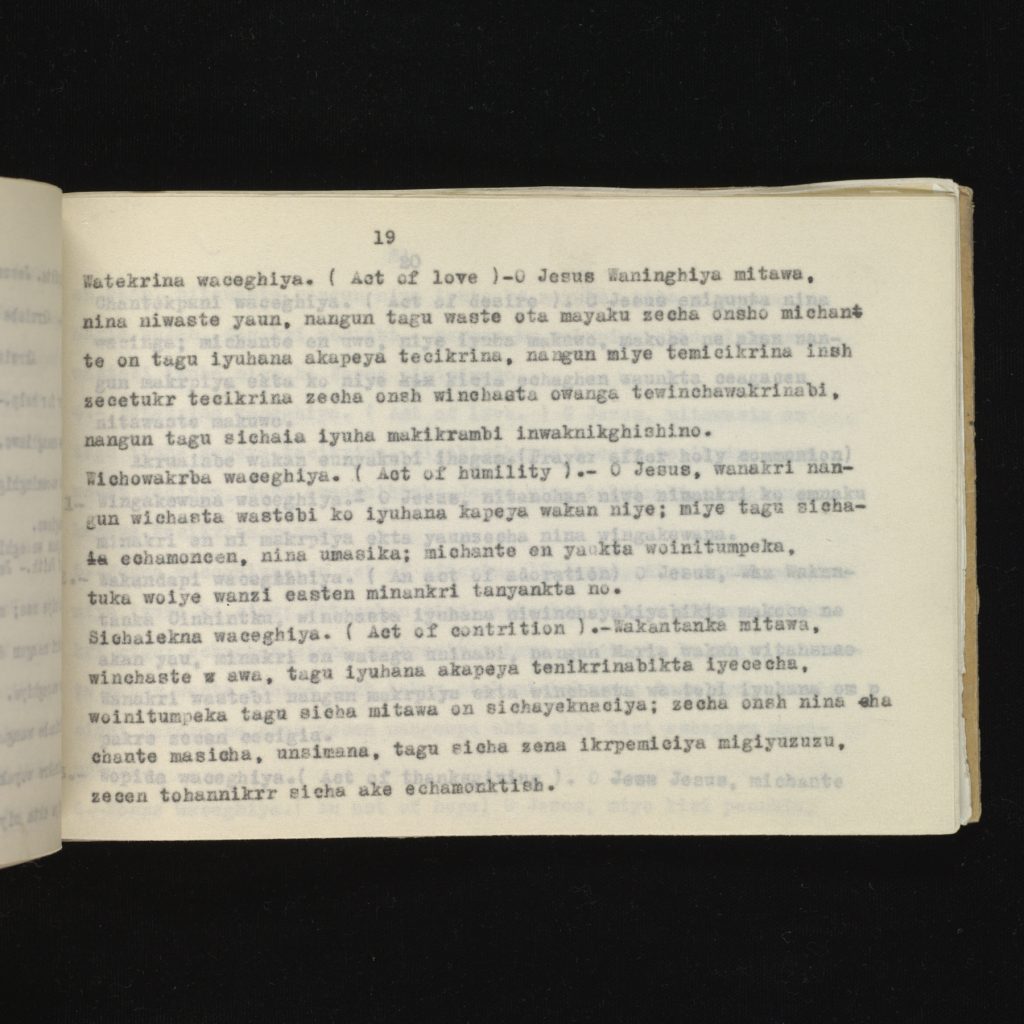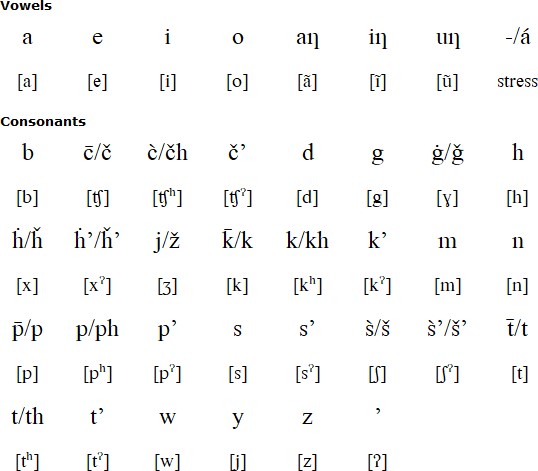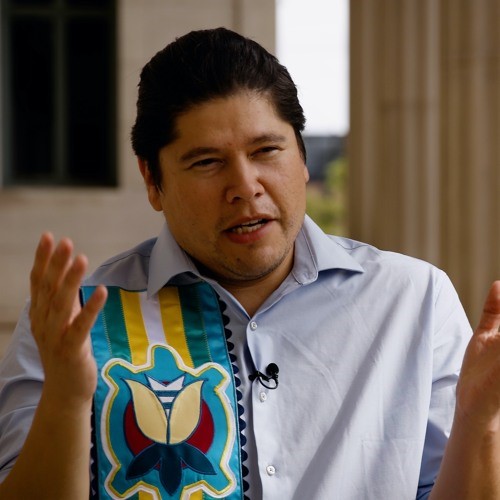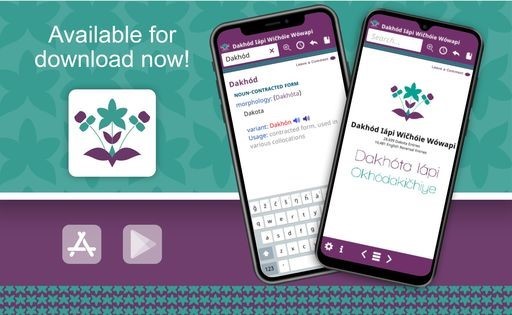Perspectives from the Digitization
of the Douglas H. Gordon Collection of French Books
This post is contributed to by two former UVA students working with the Digital Production Group (DPG) to digitize the Douglas H. Gordon Collection of French Books.
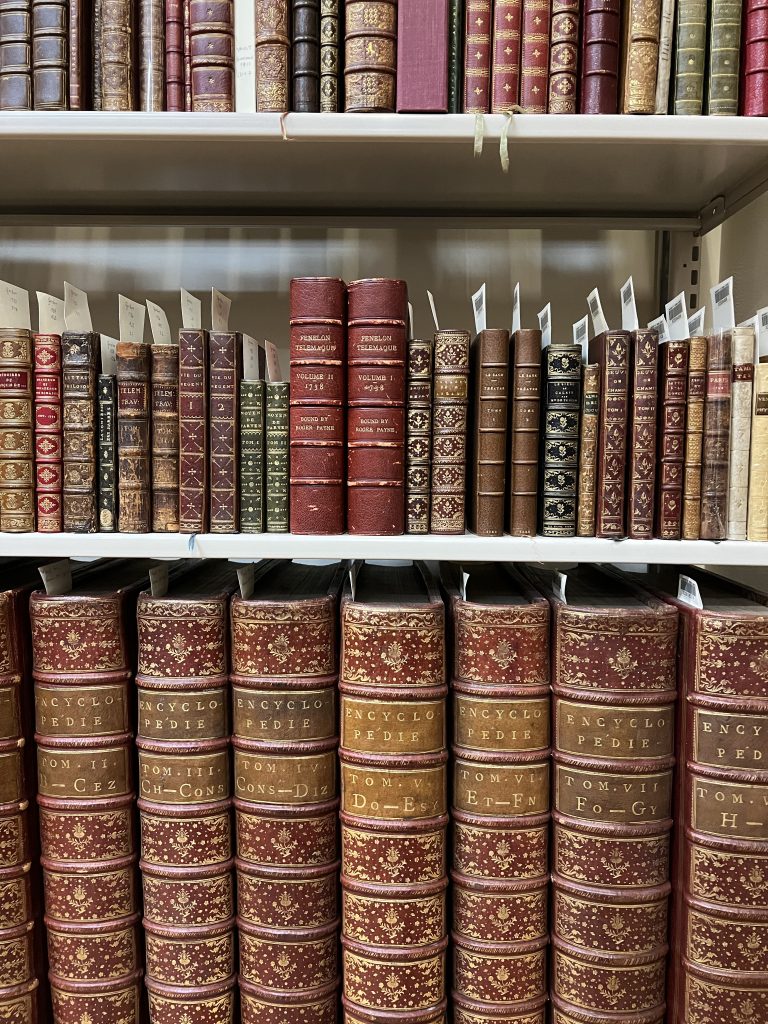
A sampling of the Gordon Books taken by Stacey Evans, DPG
Perspective A: How a French Graduate Student Recovered a First Edition Novel From the 17th Century
Contributor Biography: Christina Coomer received her MA in French from the University of Virginia in 2024. As a second-year graduate student in the Department of French she worked part-time at UVA’s Small Special Collections Library digitizing rare French books in the Digital Production Group Studio. She focuses on women’s studies in 18th Century French literature. She was awarded a 2023 Rare Book School fellowship to complete research on forgotten female authors of eighteenth-century France.
To write about how I recovered a first edition French novel from the 17th Century, I first must explain the Gordon Collection and to tell my personal connection to it. The Douglas H. Gordon Collection of French Books is a collection of over 1,200 rare French books dating from the 16th to 19th centuries. The collection comprises first-edition copies of every notable French work by every famous French writer. The collection’s defining characteristic is the custom gold-leaf and leather book bindings. The collection is impressive in its magnitude of titles, and with all the matching book bindings, an aesthetic masterpiece.
I first learned about the collection when I accepted a part-time position at UVA Library in the Digital Production Group (DPG). DPG was seeking a French graduate student to digitize a portion of the books in the collection. It was a dream to come to work and touch first-edition works by Moliere, Michel de Montaigne, and Balzac to name a few. After months of working at the library, I went on a tour of the library vault which houses some of the most rare and valuable books in the Special Collections Library.
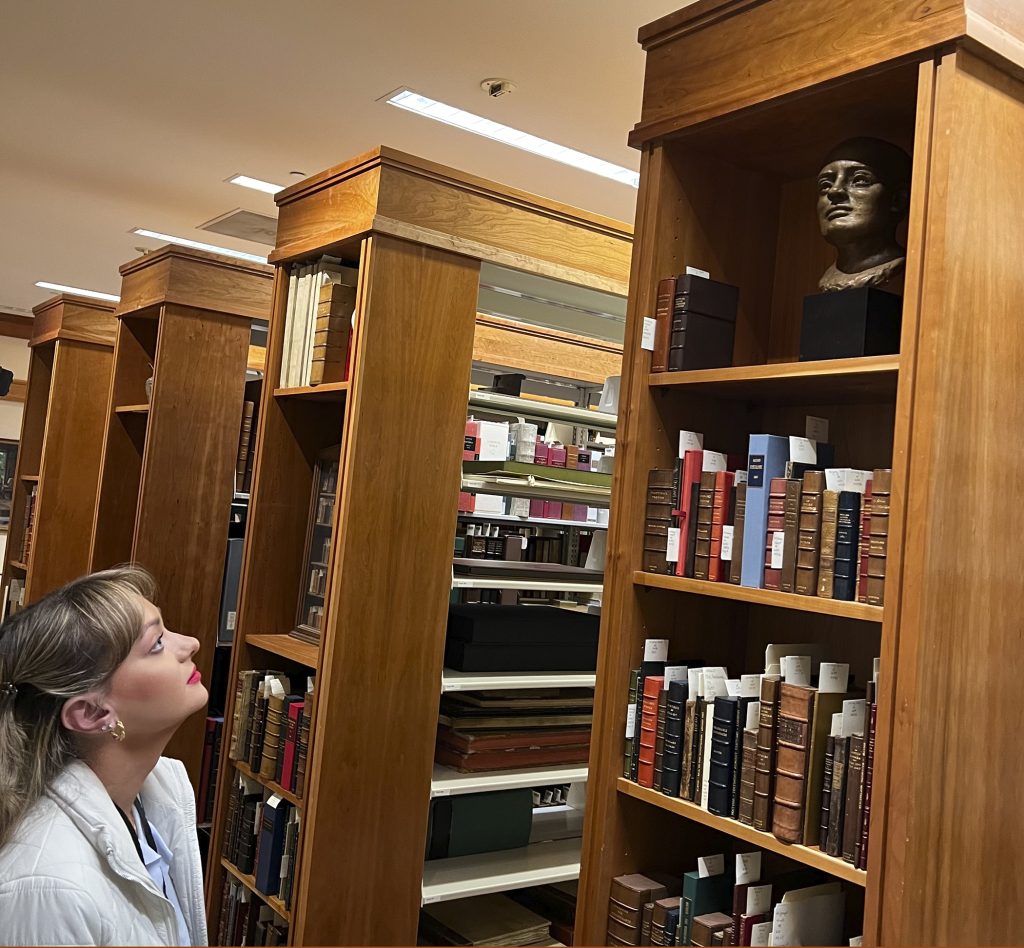
Taken during Christina’s tour of the vault by Stacey Evans with DPG
While on the tour, I learned more about the collection, which made it even more impressive in my eyes. The collection contains a book that once belonged to Madame de Pompadour and was custom made to match her apartments at the Palace of Versailles. The collection also includes a book rumored to have once belonged to Marie-Antoinette. The collection’s shining star, a beautifully bound set of Diderot’s Encyclopedie, was at one time believed to have been a part of the library of Catherine II of Russia. The identity of this set’s former owner remains a mystery. However, that day in the vault there was only one book on my radar: La Princesse de Cleves by Madame de LaFayette. Gordon 1678 .L3 v.1/2
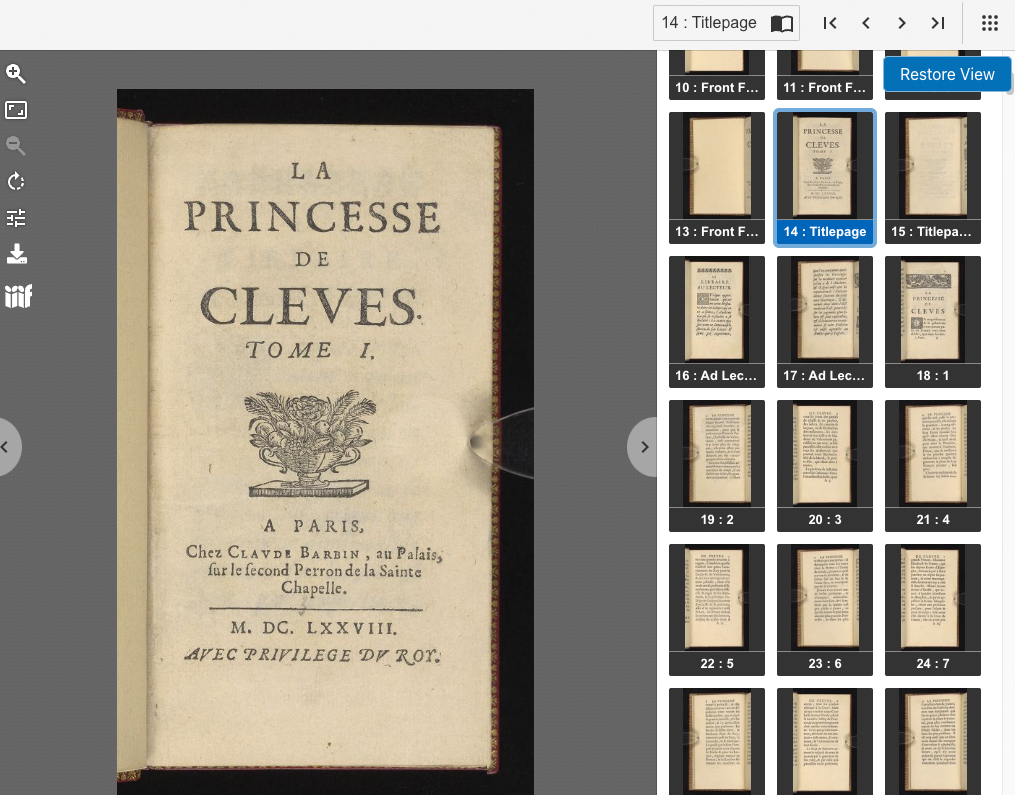
A screenshot of the digital scanning of La Princesse de Cleves v. 1 title page by Christina during the digitization process.
La Princesse de Cleves was the novel that persuaded me to specialize in eighteenth-century French literature. After studying it in Jennifer Tsien’s graduate course, I fell in love with the novel and period. It is the novel that defined French Realism and was France’s first psychological novel (as well as being highly entertaining on its own). I found the Gordon edition in the vault and instantly inquired about its digitization status. To think I could have the opportunity to digitize my favorite book was a pipe dream. To my disbelief, the library’s records indicated that it had not been digitized yet. I made my request to my supervisors and advocated for the novel’s importance and significance in literary history. More than that, Gordon’s specific edition of the novel included handwritten notes about the characters – information any French scholar would be eager to examine. I wanted my lasting impact at the UVA Library to be digitizing this novel for readers and scholars all over the world to enjoy. Thanks to the kindness of the DPG, my request for digitization was accepted, and I was allowed to personally digitize La Princesse de Cleves.
Perspective B:
Contributor Biography: Vaino Judson received his MA in French from the University of Virginia in 2024. He worked in the Digital Production Group studio in the UVA Library to digitize many artifacts in the UVA Library’s Douglas H. Gordon Collection of French books.
The Albert and Shirley Small Special Collections Library is personally my favorite building on Grounds. Working in Special Collections means handling extraordinary and uncommon artifacts on a regular basis. Language, drawings, handwritten notes, and handmade things all make up the artifacts in the library, so really the extraordinary in this case is a variety of human activities in contexts that used to be common. Knowing that customs that have fallen out of use were once considered just as ordinary as the customs familiar to myself seems to contradict fascination with them on the surface. However, this knowledge also serves as a reminder that the human experience transcends not only myself and people I know, but the entire current moment as we understand it. In the case of the Gordon Collection of rare French books, the context in which the artifacts were made stretches back to as long as five hundred years ago. Many of these books contain biographies of major political actors and political treatises as well as philosophies that affected how people perceived themselves and others. In other words, people have been living in their own times for hundreds of years.
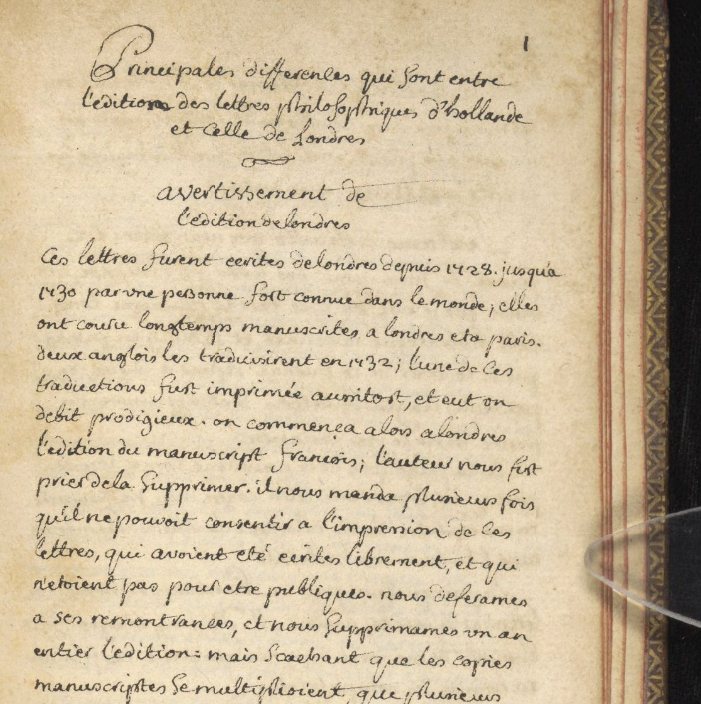
Example of French hand writing
Coming into contact with the persistence of human consciousness does not only offer fascination but a humbling moment of resonance with a larger view of life. Scholars look to the past and to the previously formed ideas contained in books to understand the significance of current events. At the same time, current events relate back to the past such that the worlds of the living and the dead are intertwined.
The library houses a number of priceless rare books and manuscripts, including those that belong to the Gordon Collection, in a secure underground chamber where the controlled temperature, moderated light level and humidity conditions shield these historical artifacts from change. Storing the books in this way makes them available to future generations and safeguards the knowledge they contain. However, they are simultaneously placed in a world unto themselves where the constant necessity of change that gives ideas gravity cannot affect the books. One way of affecting change on rare books, however, is by rendering them digital. Digitizing rare books takes these books that date back to hundreds of years in the past and recreates them in a way that is intelligible to how information is stored and shared in the present. It creates a kind of synchronism between the present and the past: a series of images in an online viewer. This relatively newly invented technology displays the use of an older technology to convey thoughts. People expressing interest in the lives of one another has existed for longer than anyone currently has been alive. Something about desiring to preserve that is distinctly human too.
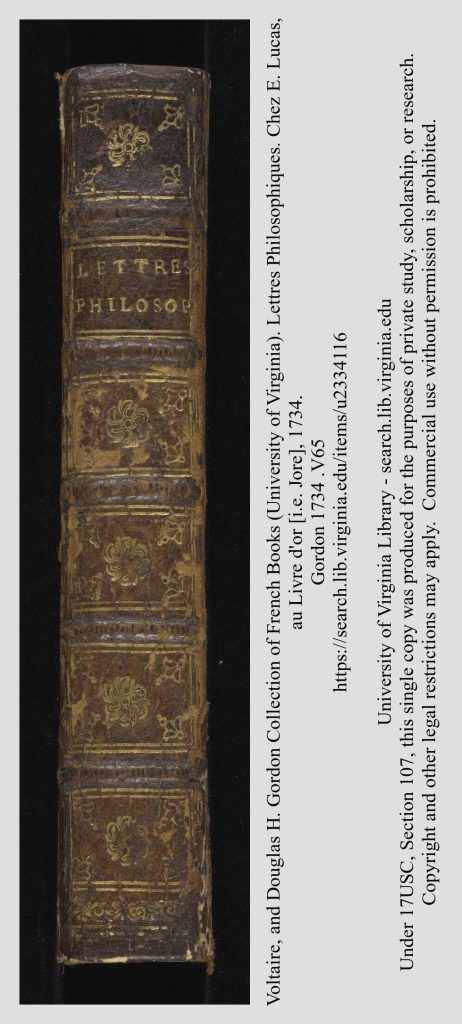
Voltaire, and Douglas H. Gordon Collection of French Books (University of Virginia). Lettres Philosophiques. Chez E. Lucas,
au Livre d’or [i.e. Jore], 1734.
Gordon 1734 .V65
https://search.lib.virginia.edu/items/u2334116
University of Virginia Library – search.lib.virginia.edu
Under 17USC, Section 107, this single copy was produced for the purposes of private study, scholarship, or research.
Copyright and other legal restrictions may apply. Commercial use without permission is prohibited.






